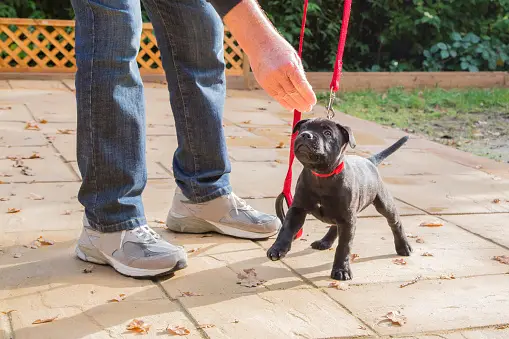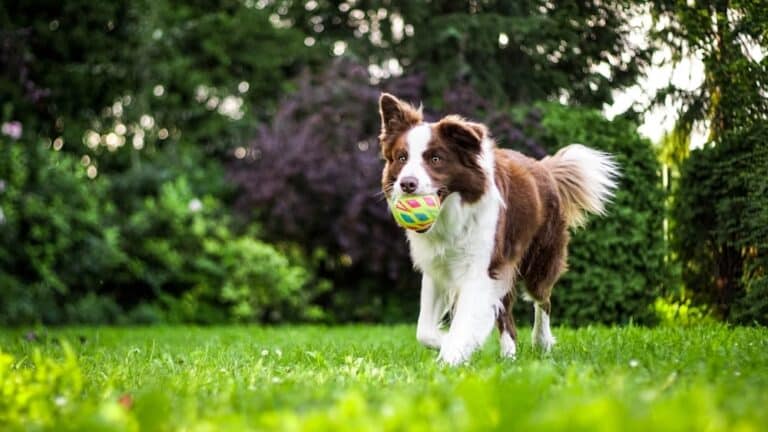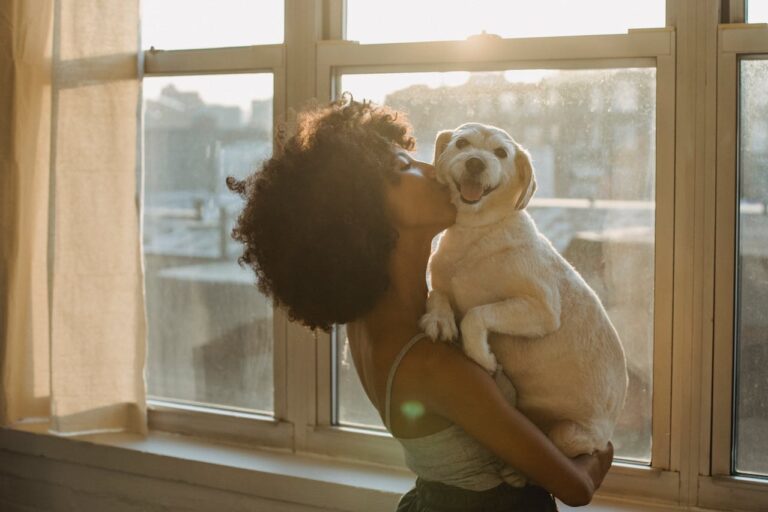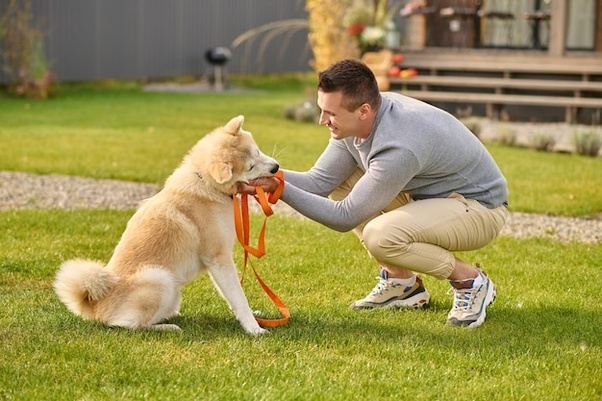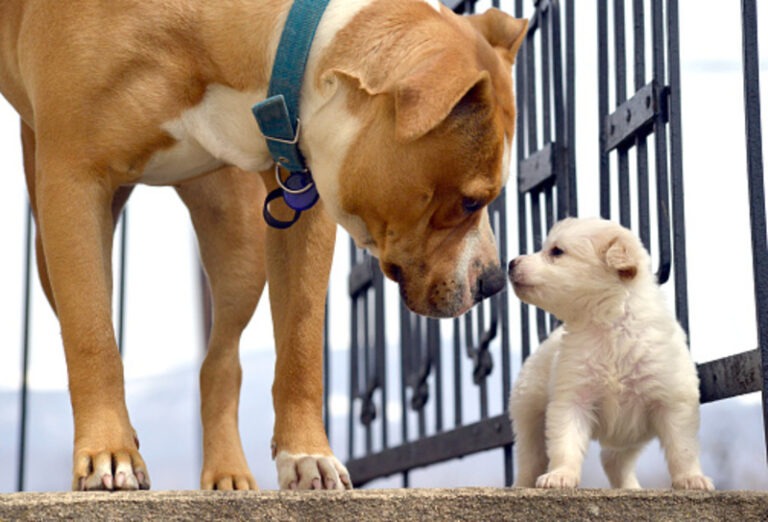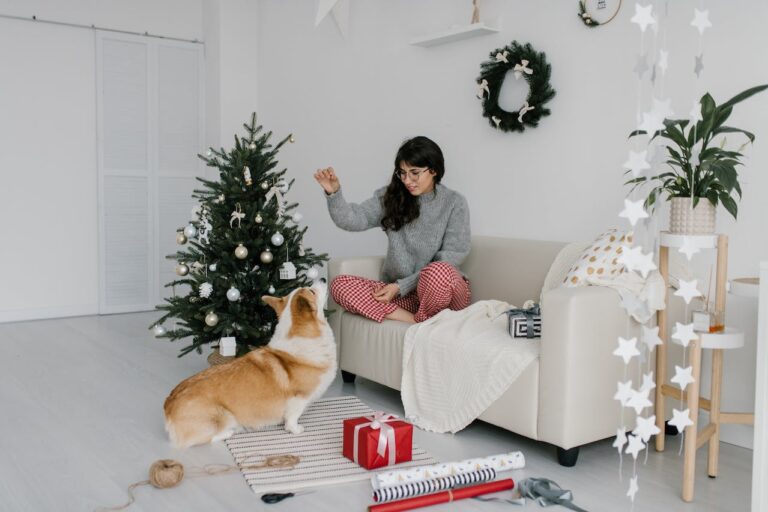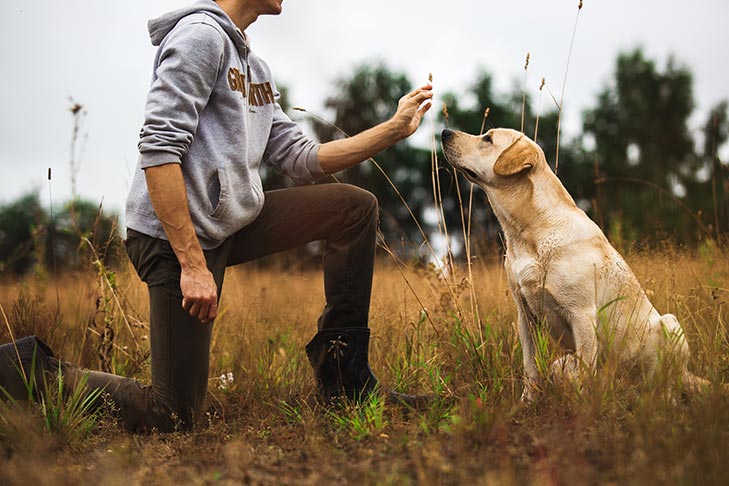Puppy training is an essential aspect of pet ownership that sets the foundation for a well-behaved and happy furry friend. Whether you are a first-time dog owner or an experienced pet parent, mastering the basics of puppy training is crucial for creating a strong bond and fostering good behavior. In this comprehensive guide, we will provide you with essential tips and techniques to effectively train your puppy, ensuring a harmonious and fulfilling relationship with your four-legged companion.
Understanding the Importance of Puppy Training
Puppy training is a crucial aspect of raising a well-behaved and happy canine companion. It lays the foundation for a strong bond between you and your furry friend and ensures their safety and well-being. By understanding the importance of puppy training, you can set realistic expectations and create a positive learning environment for your pup.
The Benefits of Proper Puppy Training
Proper puppy training offers numerous benefits that go beyond teaching basic obedience commands. Here are some key advantages:
- Behavioral Development: Training helps shape your puppy’s behavior and teaches them appropriate ways to interact with people and other animals. Through consistent training, you can instill good manners, social skills, and impulse control in your pup.
- Bonding Opportunity: Training sessions create a unique opportunity for you and your puppy to bond. As you work together, your pup learns to trust and rely on you, strengthening your relationship and deepening the connection between you both.
- Safety Measures: Training your pup to respond to commands like “sit,” “stay,” or “come” plays a vital role in their safety. It helps prevent accidents, keeps them out of harm’s way, and allows you to manage potentially risky situations with ease.
- Reduced Stress: A well-trained puppy is less likely to encounter stressful situations. By teaching them how to cope with new experiences and environments, you can help them become more confident and adaptable, leading to a happier and calmer pup.
- Community Acceptance: Properly trained dogs are more welcome in public spaces, as they are less likely to exhibit disruptive or aggressive behavior. This means you can enjoy outings, visits to parks, and interactions with other dogs and people without worry or inconvenience.
Common Misconceptions About Puppy Training
Despite its importance, puppy training can be surrounded by various misconceptions. Let’s debunk some of these myths:
- “Puppies are too young to be trained.” Contrary to popular belief, puppies are capable of learning from a very young age. Starting training early ensures that they develop good habits and behaviors right from the beginning.
- “Training is only about teaching commands.” While teaching commands is an essential part of training, it’s not the sole focus. Puppy training also involves socialization, housebreaking, and addressing any behavioral issues that may arise.
- “Training takes too much time and effort.” While training requires dedication and consistency, it doesn’t have to be overwhelming. Short, frequent training sessions can be highly effective, and incorporating training into daily routines can make it easier to manage.
- “Only professional trainers can train a puppy.” While professional trainers can be valuable resources, you can successfully train your puppy at home with the right knowledge and guidance. Many basic training techniques can be easily implemented by pet owners.
By understanding the importance of puppy training, recognizing its benefits, and dispelling common misconceptions, you are well-equipped to embark on a successful training journey with your furry companion. Remember, patience, positive reinforcement, and consistency are key to raising a well-behaved and happy pup.
Setting a Solid Foundation for Puppy Training
Puppy training is an essential step in ensuring a well-behaved and happy furry companion. To set a solid foundation for your puppy’s training, it is crucial to focus on three key aspects: socializing your puppy, establishing a routine, and creating a positive learning environment.
Socializing Your Puppy
Socializing your puppy from an early age is vital for their development and future behavior. Exposing your puppy to various people, animals, environments, and experiences will help them become comfortable and confident in different situations. Here are a few tips for socializing your puppy:
- Introduce them to new people: Invite friends and family over to meet your puppy, making sure to teach them the proper way to interact, such as avoiding rough play or sudden movements.
- Arrange puppy playdates: Set up playdates with other well-behaved and vaccinated puppies to encourage positive interactions and teach your puppy appropriate social skills.
- Expose them to different environments: Take your puppy on walks, visit parks, or take short car rides to expose them to different sights, sounds, and smells. Gradually increase the level of stimulation to prevent overwhelming them.
- Reward good behavior: Whenever your puppy shows signs of calmness, curiosity, or friendliness, reward them with treats, praise, or playtime. This positive reinforcement will reinforce their positive social behavior.
Establishing a Routine
A consistent routine is essential for effective puppy training. Dogs thrive on structure and predictability, and a well-established routine will help your puppy understand what is expected of them. Consider the following tips when establishing a routine for your puppy:
- Set a regular feeding schedule: Feed your puppy at the same times each day to establish a routine and help with potty training. Avoid leaving food out all day as it can lead to irregular bathroom habits.
- Designate potty breaks: Take your puppy outside at regular intervals, especially after meals, playtime, and naps. Consistency is key to potty training success.
- Allocate specific play and exercise times: Engage your puppy in interactive play and exercise sessions to burn off excess energy and prevent destructive behavior. Scheduling these activities will help your puppy understand when it’s time to play and when it’s time to relax.
- Establish a bedtime routine: Create a calming routine before bedtime to signal to your puppy that it’s time to sleep. This can include a quiet walk, gentle play, and a comfortable sleeping area.
Creating a Positive Learning Environment
Creating a positive learning environment is crucial for effective puppy training. By fostering a positive and supportive atmosphere, you can encourage your puppy to learn and retain commands more effectively. Consider the following tips to create a positive learning environment for your puppy:
- Use positive reinforcement: Reward your puppy with treats, praise, or play whenever they exhibit desired behaviors or follow commands correctly. Positive reinforcement will motivate them to repeat these behaviors in the future.
- Keep training sessions short and fun: Puppies have short attention spans, so keep training sessions brief and engaging. Use interactive toys, treats, and enthusiastic praise to make the training enjoyable for both you and your puppy.
- Be patient and consistent: Remember that puppies are still learning, and accidents or mistakes are part of the process. Stay patient, remain consistent with your training methods, and avoid punishment or harsh techniques that may deter your puppy’s progress.
- Create a distraction-free environment: Minimize distractions during training sessions by choosing a quiet area of your home or using a leash to prevent your puppy from wandering off. A calm and focused environment will help your puppy concentrate on the training.
By focusing on socialization, establishing a routine, and creating a positive learning environment, you will lay a solid foundation for your puppy’s training journey. With time, patience, and consistency, your puppy will grow into a well-behaved and obedient companion.
Key Training Techniques for Puppies
House Training
House training is one of the most important aspects of puppy training. It involves teaching your puppy where they should and should not relieve themselves. Here are some key tips to help you with house training your puppy:
- Establish a routine: Set a regular feeding schedule for your puppy and take them outside to their designated potty area at the same times every day. This will help them develop a regular bathroom routine.
- Positive reinforcement: When your puppy successfully goes to the bathroom outside, make sure to praise and reward them with treats or verbal praise. This will reinforce the behavior and encourage them to continue going outside.
- Supervision and confinement: Keep a close eye on your puppy, especially when they are indoors. Use baby gates or crates to confine them to a small area where accidents are less likely to happen. When you can’t supervise them, consider using a crate to prevent accidents and keep them safe.
- Clean accidents properly: If your puppy has an accident indoors, make sure to clean it up thoroughly using an enzymatic cleaner. This will remove the scent and discourage them from going in the same spot again.
Teaching Basic Commands
Teaching your puppy basic commands is essential for their safety and well-being. Here are some techniques to help you teach your puppy basic commands:
- Start with simple commands: Begin with basic commands like “sit,” “stay,” and “come.” Use treats or positive reinforcement to reward your puppy when they successfully follow the command.
- Consistency is key: Use the same verbal cues and hand signals every time you give a command. This will help your puppy associate the command with the desired behavior.
- Keep training sessions short: Puppies have short attention spans, so keep training sessions brief and engaging. Aim for multiple short sessions throughout the day rather than one long session.
- Gradual progression: Once your puppy has mastered the basics, gradually introduce more complex commands and behaviors. Build upon their existing skills to help them learn and grow.
Addressing Behavioral Issues
Puppies may exhibit behavioral issues during their training process. It’s important to address these issues promptly and effectively. Here are some strategies to help you address behavioral issues in your puppy:
- Positive reinforcement: Use positive reinforcement to encourage good behavior. Reward your puppy when they exhibit the desired behavior and ignore or redirect them when they display unwanted behavior.
- Socialization: Proper socialization is crucial for puppies to develop good behavior. Expose them to various environments, people, and other animals in a controlled and positive manner. This will help prevent fear or aggression-related issues in the future.
- Seek professional help if needed: If your puppy continues to display persistent behavioral issues or aggression, consider seeking the assistance of a professional dog trainer or behaviorist. They can provide guidance and customized training plans to address specific problems.
Remember, patience and consistency are key when training a puppy. With the right techniques and approach, you can successfully train your puppy and set them up for a happy and well-behaved future.

